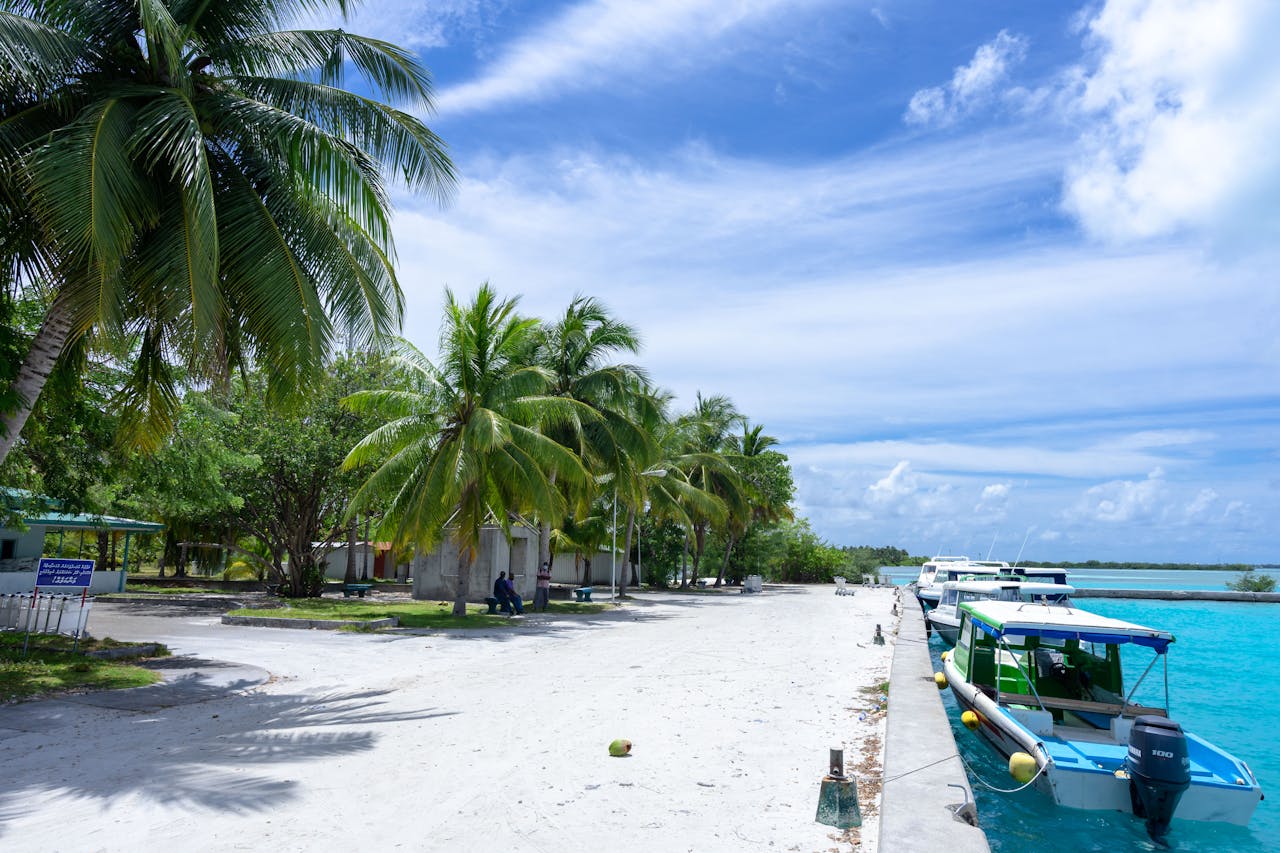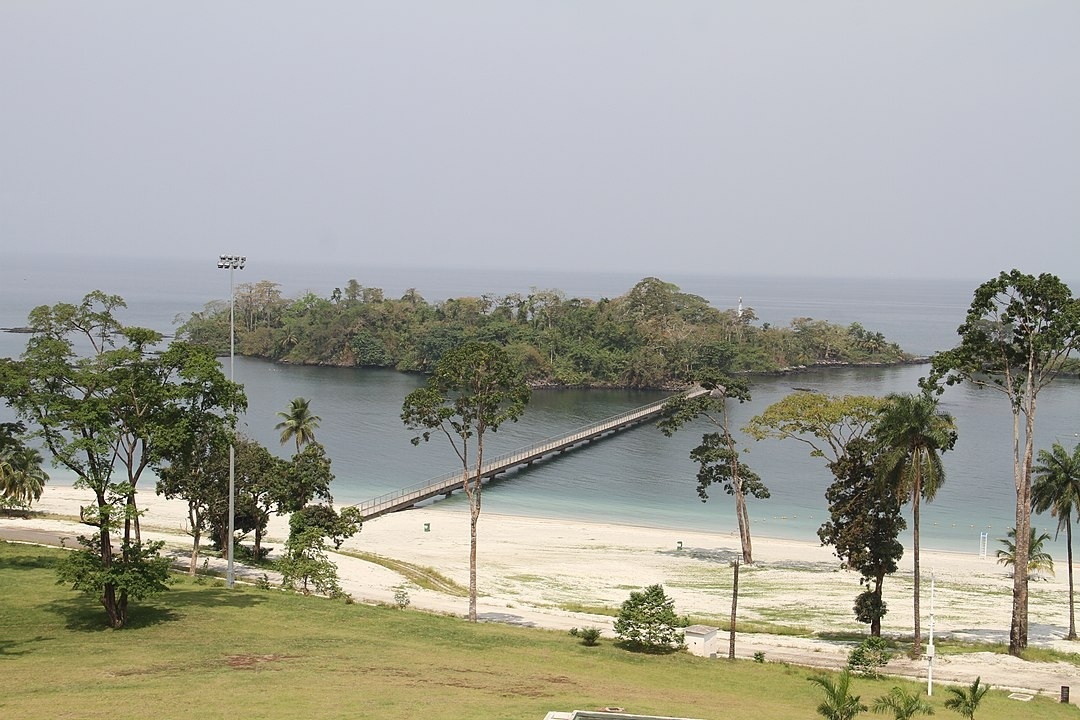Two destinations just received fresh attention from Washington. The State Department now asks Americans to exercise increased caution in the Maldives and Equatorial Guinea. Level 2 is not a stop sign. It is permission to travel with sharper awareness, more realistic timelines, and a plan for what happens if plans change.
The Maldives keeps drawing beach seekers to far-flung atolls. Equatorial Guinea offers rainforest, Atlantic islands, and Spanish as an official language. Each presents different risks. The update highlights terrorism concerns in the Maldives and legal, medical, and crime issues in Equatorial Guinea. Read it as guidance, not alarm.
The Update at a Glance

Both countries are at Level 2, which signals elevated risk that can be managed with preparation. In the Maldives, the concern centers on the possibility of attacks in places popular with visitors, including markets and transport hubs. Emergency response can be slower on remote islands, so logistics become part of safety.
For Equatorial Guinea, the advisory points to petty crime, limited medical capacity, and the possibility of strict or uneven enforcement of local laws. Travelers are urged to keep a low profile, carry documents, and think ahead about medical care. Insurance with evacuation coverage is not overkill. It is prudent.
Maldives What the Advisory Says

Authorities have disrupted plots in recent years, which helps explain the steady emphasis on vigilance. Crowded or symbolic locations draw attention, and the scattered geography complicates responses when distance separates islands.
Resort islands manage movement closely. Still, supply runs, transfers, and day trips bring contact with public terminals. That is where awareness pays off.
Operators typically brief guests on procedures around docks and local ferries. Those briefings deserve attention.
Medical care concentrates near the capital. Clinics can stabilize a patient, then arrange a transfer, which takes time in rough weather. Policies that include evacuation bridge the gap between atolls and hospitals.
Equatorial Guinea What the Advisory Says

The department flags petty theft in urban areas, inconsistent enforcement of laws, and thin medical infrastructure. That mix creates uncertainty in cities and along the coast. Keeping a low profile and planning conservative routes reduces friction.
Ambulance and trauma services may not match U.S. standards. Checkpoints and local regulations can slow movement between districts. Build time buffers into itineraries, keep interactions calm, and let schedules flex rather than fight the clock.
Planning and Precautions That Matter

For both destinations, simple habits do heavy lifting. Choose daytime transits when possible, map crowd patterns, and use hotel or operator transport where it exists. Share itineraries with a contact at home and save offline copies of documents.
Two quick checks go far. Confirm medical evacuation in the policy, and confirm how to reach the insurer without data.
On islands, transport cadence rules the day. Note last reliable boats and seaplanes, and plan around weather windows.
If staying beyond major hubs, ask hosts about local clinics, transfer options, and typical response times. That five-minute chat can save an hour later.
How Risk Translates on the Ground
In the Maldives, most visits pass without incident, yet risk management is logistical. Ferries, domestic flights, and private boats create handoffs where being alert matters. The farther from the capital, the more self-reliant a traveler becomes, and the more valuable clear communication with operators feels.
In Equatorial Guinea, the advisory pushes consistent routine over improvisation. Modest profiles, tidy paperwork, and respectful pace keep days predictable. A careful route with time in reserve often travels better than an ambitious schedule that leaves no margin.
The Big Picture
Advisories evolve with conditions. Level 2 asks for steady awareness and honest risk math, not fear. The specifics differ by coastline and city block, yet the habit is the same everywhere. Plan routes, read the room, and let patience do part of the work.
Travel rarely unfolds perfectly. It is often rewarding when logistics and judgment keep pace with curiosity. Treat the guidance as a map layer. It will not tell the whole story, but it will help the story end well.


